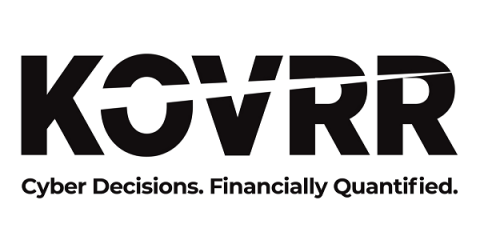Top 9 Software Supply Chain Security Tools
Imagine this: an attacker sneaks a tiny backdoor into software that hundreds of companies use. It sounds like a plot from a spy movie, but it’s a real threat that recently impacted major Linux distributions through a compromised utility tool, XZ Utils. So far, in 2024, over 35 billion known records have been breached. The Linux attack, potentially in action and undetected since 2021, is just one of the many that highlight the alarming proliferation of supply chain attacks.











